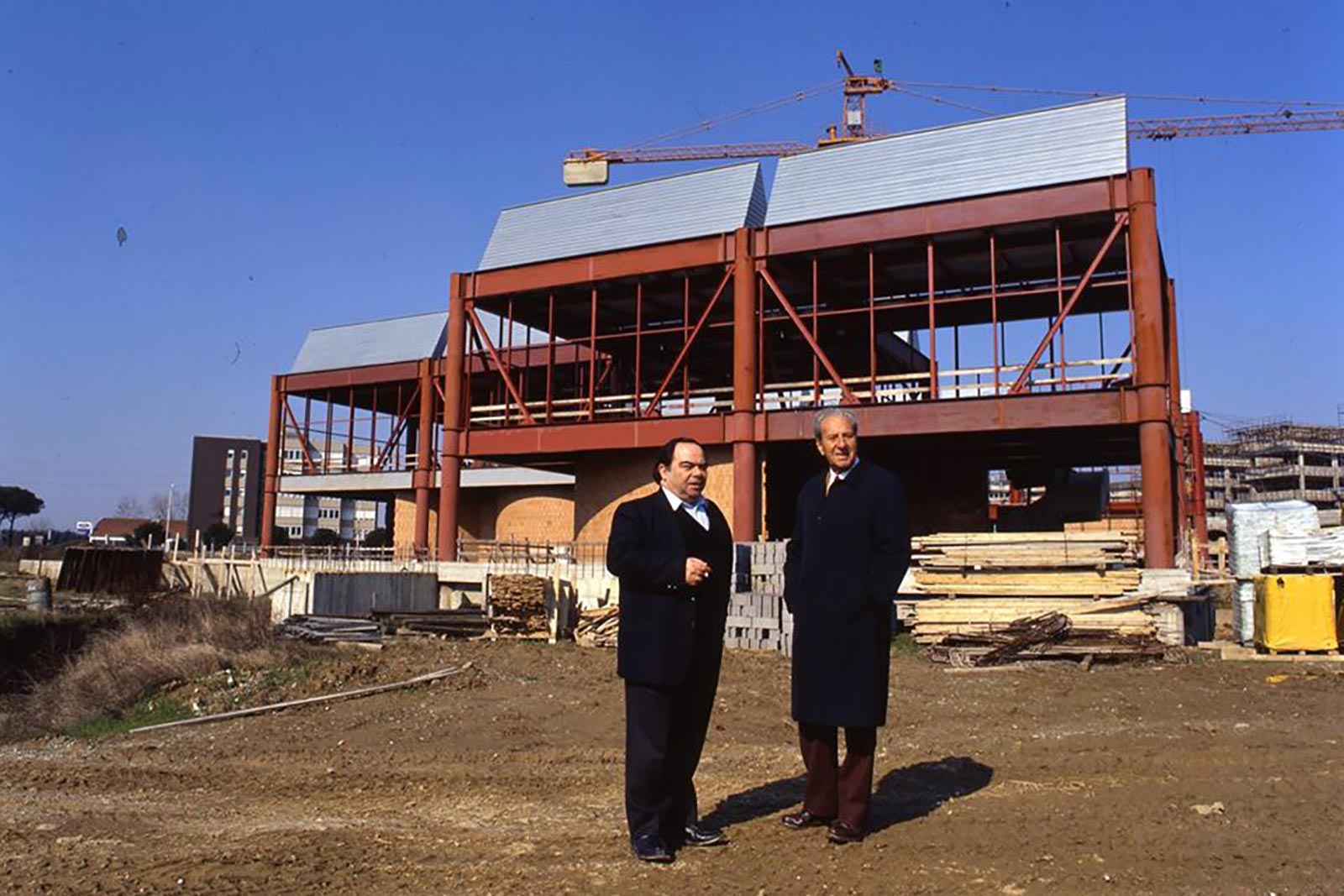Centro Luigi Pecci was founded in 1988 by the Municipality of Prato and the Pecci family, prominent local textile entrepreneurs who donated the land and the building, designed by architect Italo Gamberini.
It was the first building in Italy created specifically to host contemporary art exhibitions and events — a museum that recalls the look of textile factories, reflecting the city's strong connection to both industrial production and contemporary creativity. Prato, the largest textile district in Europe, has long had a forward-looking spirit. The Centro Pecci was founded with the clear goal of connecting that identity with the many forms of contemporary and experimental art.
In the early 2000s, with support from European funding, the Municipality of Prato and the Region of Tuscany began an ambitious expansion project. The new design was created by Dutch-Indonesian architect Maurice Nio. In 2016, the New Centro Pecci opened — a striking golden structure that wraps around the original building like a spaceship. Its metal antenna reaches into the sky, symbolizing the museum’s mission: to receive, interpret, and share the artistic signals of the present and future.
Open today 10:00 am–7:00 pm
